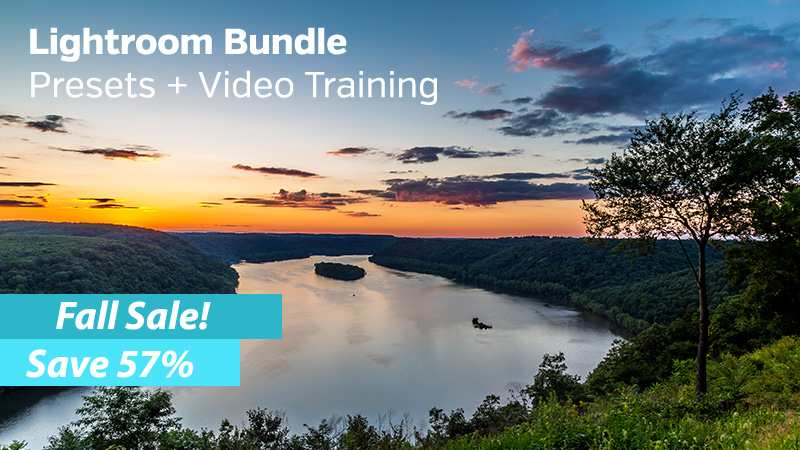There’s nothing quite like a desert landscape at sunset. Streaks of pink, yellow, and orange streaming across the blue sky, silhouetting a Saguaro in the Sonoran desert – it’s an image that will stay with you forever, especially if you’re a photographer!
But photographing in the desert brings its own unique set of challenges. Whether you’re photographing a desert near you, or going on an expedition across America – or even internationally – you need to be prepared with the right gear, equipment, techniques, and safety precautions.
So, in this article, we’ll be going over our top tips to protect you and your camera from the harsh desert conditions – and get fantastic shots.
1. Be Prepared For The Harsh Conditions Of The Desert
There’s a reason that deserts are… deserted, if you’ll forgive the pun. Humans, in particular, are not adapted to desert life, and the harsh climate conditions of living in the desert. You’re venturing into dangerous territory – even if you’re relatively close to a town, or in a national park.
You need to respect the desert, and be prepared for harsh weather conditions. You’ll want to prepare by bringing:
- Drinking water – Keep at least 2 liters of water on you at all times, and keep a few gallons of water in your car, tent, or somewhere else where you can access it quickly, if need be. The heat and dryness of the desert will take its toll on you quickly.
- Sun protection – A sunburned photographer is a miserable photographer. Wear a wide-brimmed hat and sunglasses, dress in a UV-protective long-sleeve shirt, wear long pants, and wear sturdy boots. Cover up any exposed skin with plenty of high-SPF sunscreen.
- Cell phone, map or GPS – You definitely don’t want to get lost in the desert. Make sure you have some method of communication and navigation, so that you can call for help or retrace your steps back to your campsite or car, if you get lost. A paper map can be a good backup, in case you lose cell service.
- Light source(s) – If you’re going to be doing any sunset, dusk, or nighttime photography, you’ll want a flashlight and/or headlamp, to make it easier to get back to your car or campsite once you’ve concluded your session for the night.
Beyond these essentials, use common sense on your trip. Stay on marked trails, know where you are, what conditions you can expect, any potential danger posed by local wildlife, and other such details when going to any desert.
→ Related reading: 6 Tips for Photographing Sand Dunes
2. Tell Someone Where You’re Going, And When You Expect To Be Back
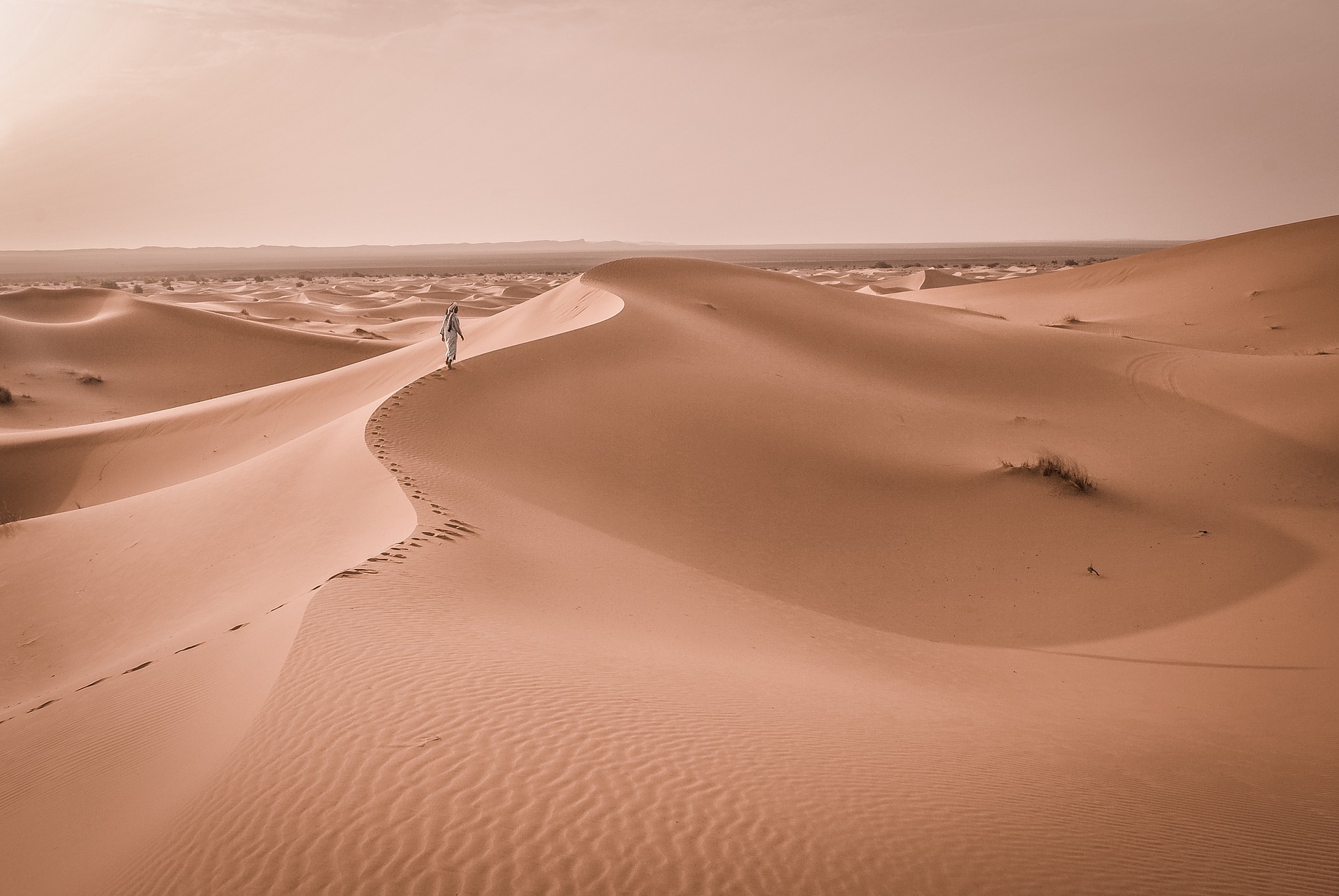
Image by Pexels from Pixabay
Going on a solo trip? It’s sure to be a blast! But remember what happened to Aron Ralston? He’s the guy who got his arm stuck in a canyon in Utah, and was trapped for more than 127 Hours. (And he’s the subject of the 2010 movie of the same name.)
Why could nobody find him? Because he neglected to tell anyone about what he was doing, or where he was going.
So make sure you contact a family member or friend. Tell them where you’re going, what you’re doing, and when you expect to be back. That way, if something goes wrong, they can contact the authorities and find you quickly. It’s unlikely that you’ll have some kind of emergency, but this is still a good safety precaution.
3. Protect Your Camera From The Heat And Sand
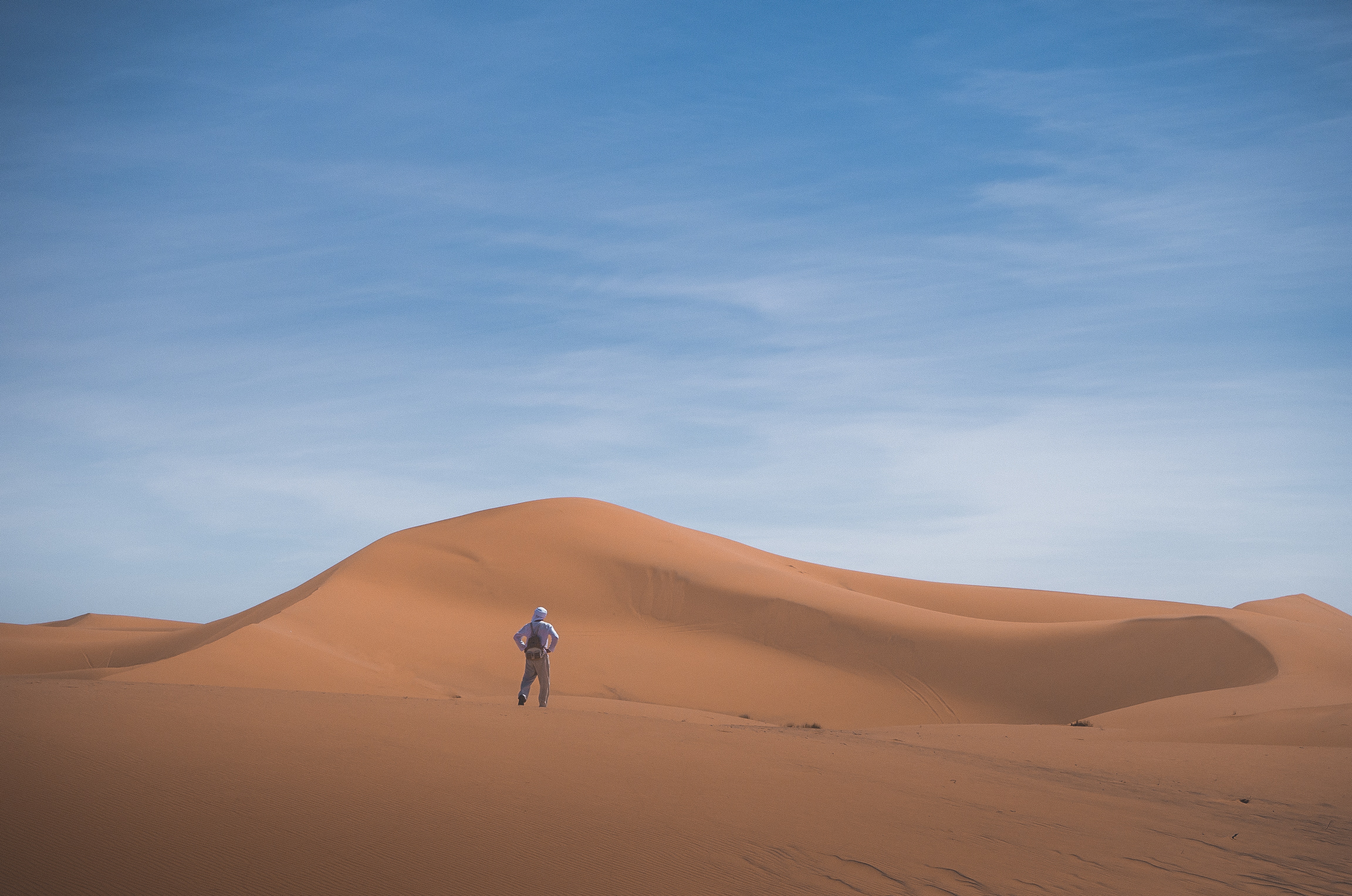
Photo by Arthur Aldyrkhanov on Unsplash
Let’s move onto your gear. As you probably can guess, high temperatures and rough sand don’t do the fragile electronics and glass of your camera any favors – and you can easily damage your gear if you’re not careful in the desert.
One good way to help protect against heat buildup is to cover the body of the camera with a light towel whenever the outside temperatures are high. The towel will help protect your camera from direct sunlight and radiant heat when it’s very hot outside.
You must also be extremely careful when changing lenses. Ideally, you should do so in your tent or in a car, away from blowing dust and sand, which could enter the camera body, and scratch the sensor and other important components.
When you get home, make sure that you unpack all of your gear, and clean it off with microfiber cloths and lens cleaner. Get rid of any sand that may be in your gear bag or stuck to your equipment – if you leave any behind, it could damage your camera or lenses later on.
4. Invest In A Good UV Filter And A Lens Hood
A good UV filter is a must-have for the desert. The harsh lighting conditions in the desert will likely be too bright for your lens and sensor – and could damage the sensor in your camera.
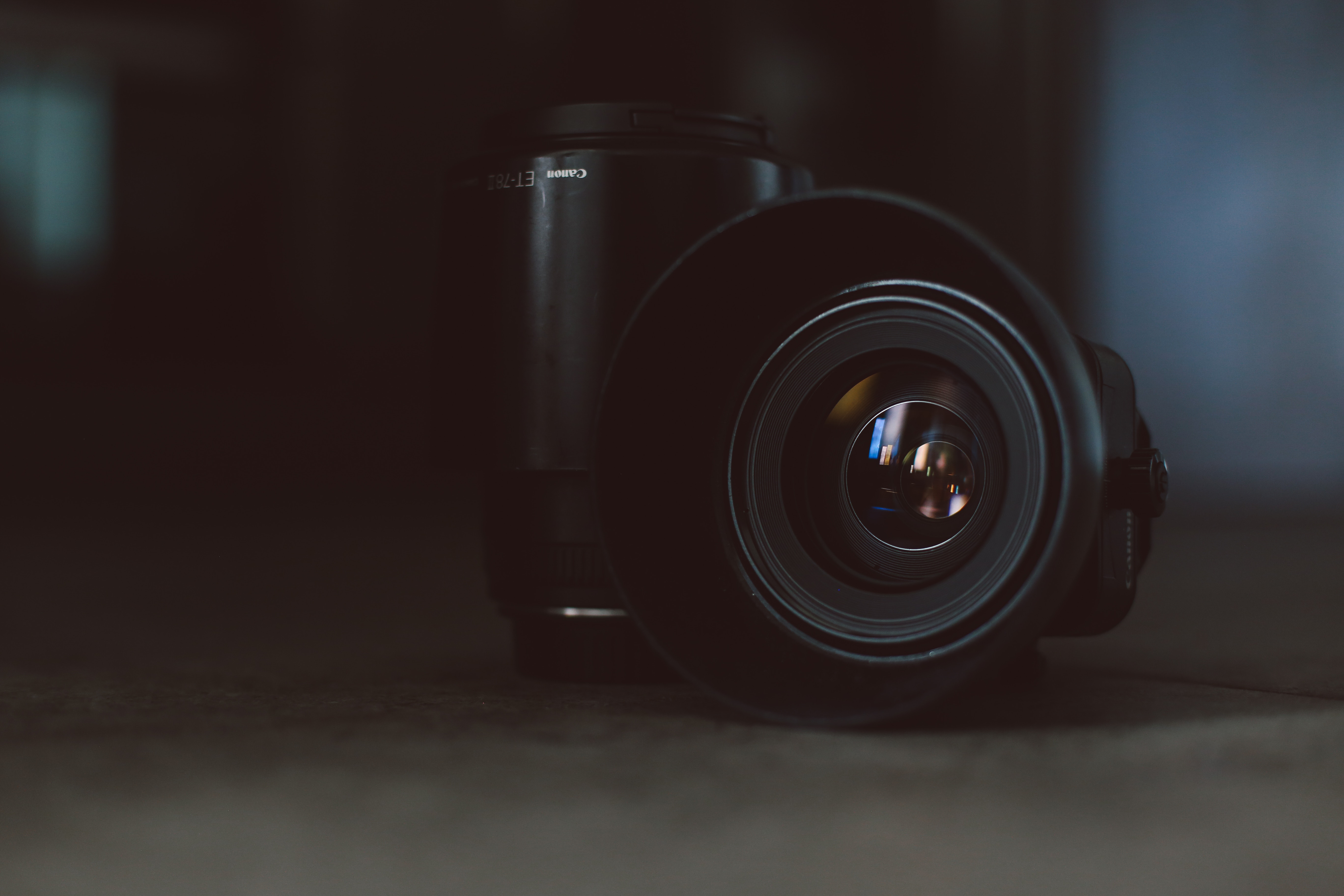
Photo by Tom The Photographer on Unsplash
A UV filter will protect your lens from damage, and it will also help eliminate glare, lens flare, and visual artifacting when you take pictures in the bright sun.
A lens hood is also useful for protecting against glare, alongside a UV filter. In addition, if you have a polarizer filter, this can be a good tool for bringing out more contrast in the bright, sunny desert – providing you with better results from your shoot.
5. Shoot Mostly In The Early Morning Or Late Evening
Of course, you can shoot photos in the desert whenever you want. But during the brightest, hottest times of the day, it will be hard to capture detail like light and shadow – and this is also the most dangerous time to be out in the hot sun.
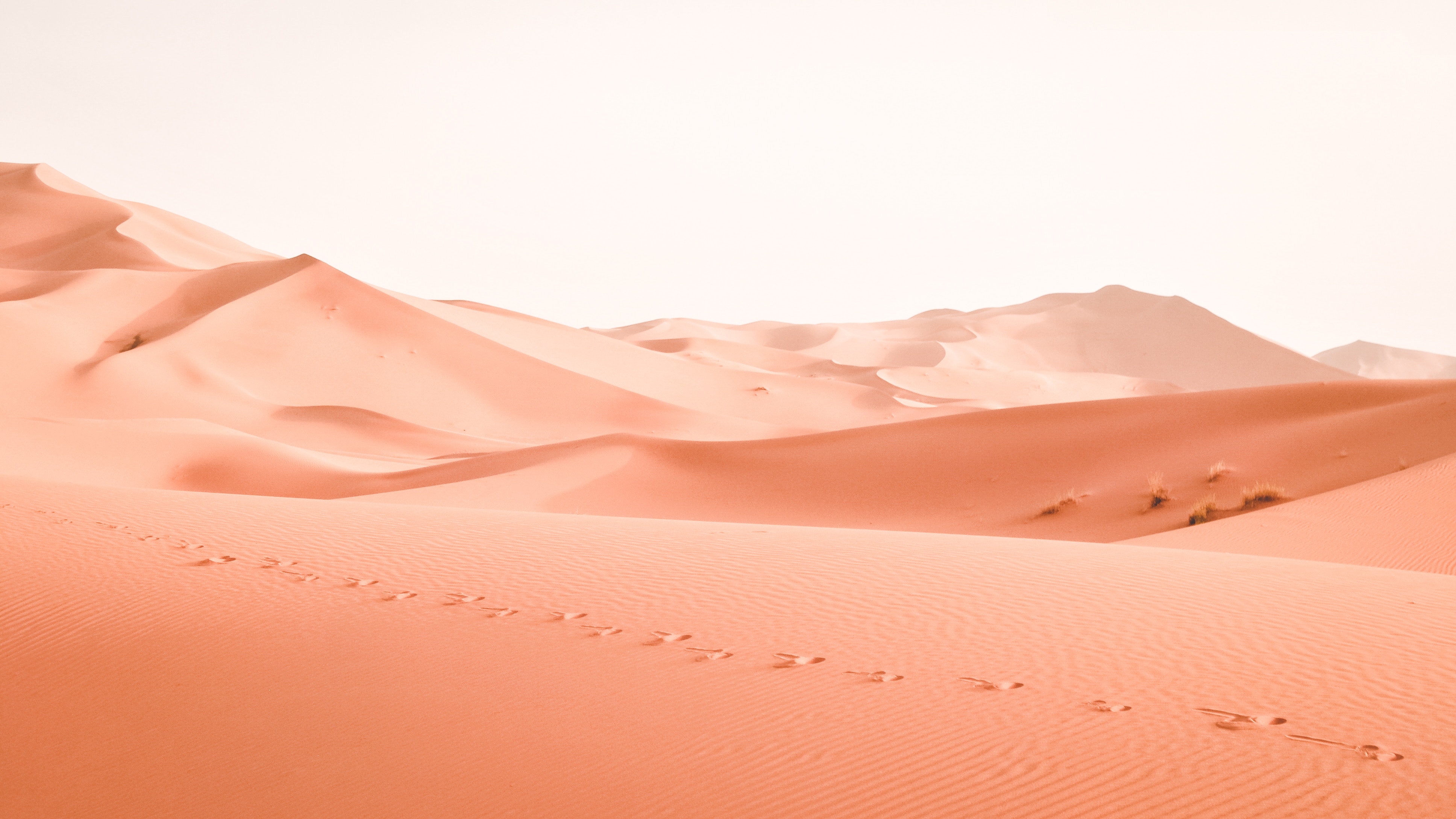
Photo by Rubén Bagüés on Unsplash
If you’re looking to capture truly exquisite shots of the desert, try to focus on taking photos mostly in the early morning or late evening – when it will be cooler outside, and the rays of the sun will bring out more detail in the desert scene.
6. Don’t Shoot With Your Back To The Sun
When the sun is close to the horizon during the evening and morning, make sure you do not shoot with it directly behind you. Your photos will look the best when there is a balance between light and shadow, which brings out hidden details in the image.
When the sun shines from directly behind you, your subject will be completely illuminated, with few visible shadows from the perspective of the camera. For this reason, you should try to point your camera perpendicular to the angle of the sunlight – allowing for more shadows to be cast, and creating a sense of depth.
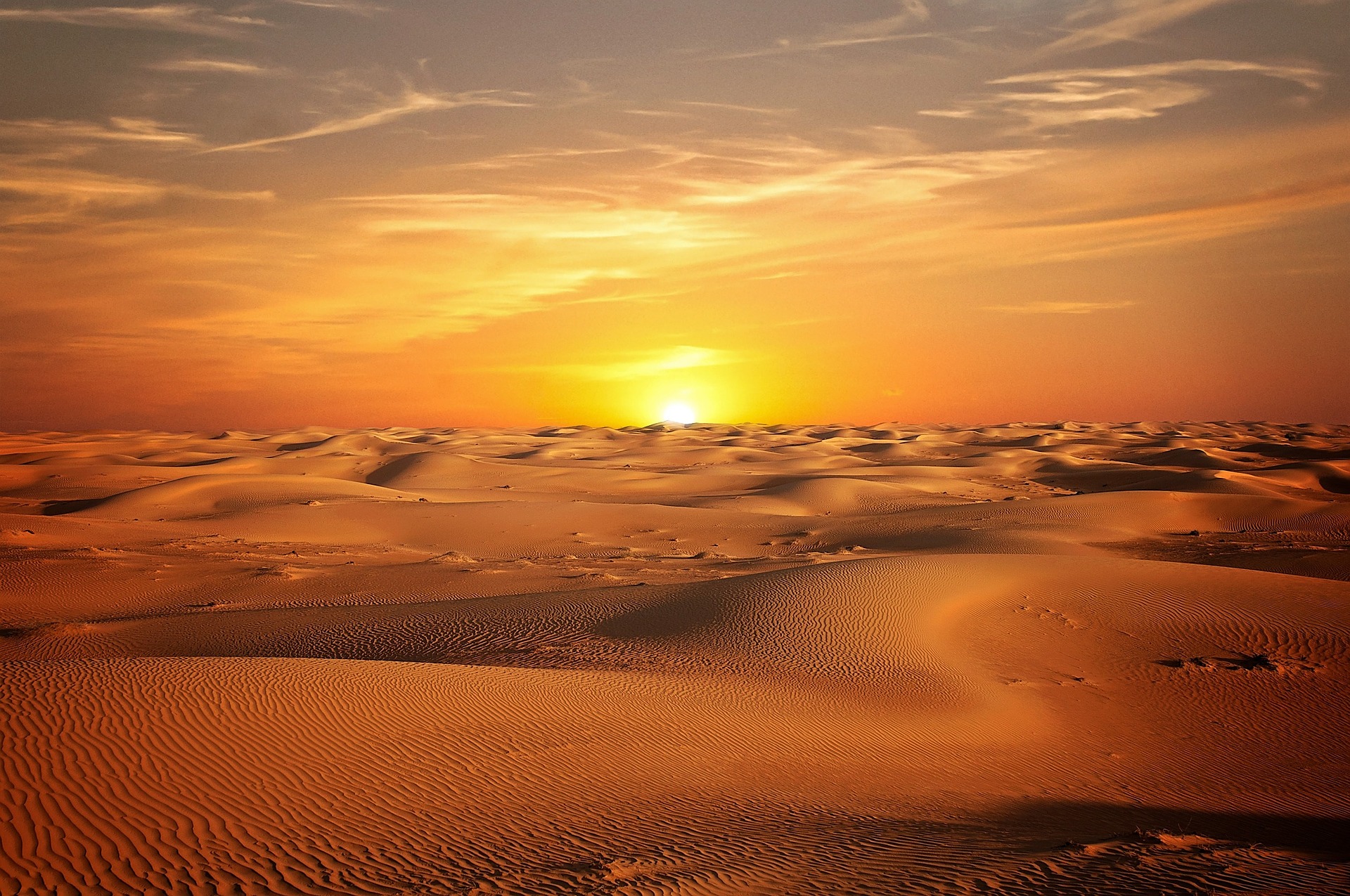
Photo by Pezibear | Pixabay License
7. Find A Subject Or Landscape That Allows For A Sense Of Scale
This is very important in desert photography. A photo of a sweeping expanse of dunes can be interesting – but without some kind of reference point that allows for a sense of scale, the vast desert won’t look as interesting.
That’s why you should always look for opportunities to incorporate objects into your photos that provide you with a sense of scale. In the foreground, for example, a large stone or a cactus could help put your shot into perspective.
Background objects, such as large stone massifs, cliffs and monoliths, and hills and mountains can also have the same effect. Wherever you are, look for opportunities to take photos that show off the dramatic, sweeping views of the desert – and include some kind of object that will help your viewer put it into perspective.

Photo by Marcelo Novais on Unsplash
8. Don’t Miss The Little Details
The desert may be devoid of life and vegetation compared to, say, a forest or a prairie. But it only seems that way on the surface – if you pay attention, you’ll notice plenty of little details all around you in the desert.
From gnarly, twisted scrub brush, to cacti (and their flowers), animal footprints, abandoned nests, and even the rare wildlife sighting, there are a lot of really cool details in the desert – which you can capture if you take the time to find them.
Sure, it’s tempting to just look for sweeping views and gorgeous scenery, but don’t overlook what’s right next to you. Keep an eye out for these little details – and snap a few shots of them with your camera whenever you get the chance.
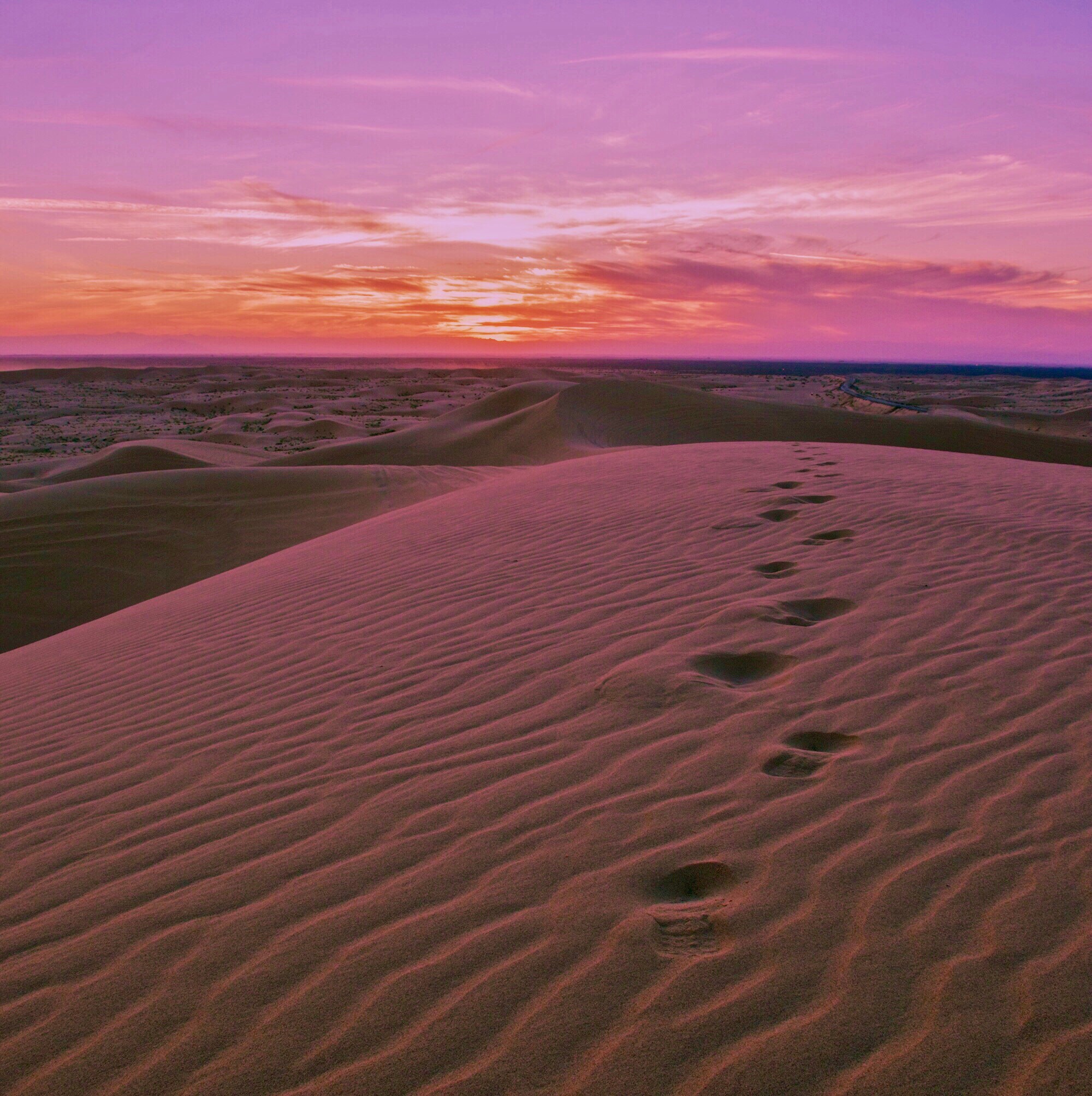
Photo by Emina Rupp on Unsplash
Follow These Tips – And Enjoy Your Next Desert Expedition!
Desert photography is a blast. The unique landscape, harsh climate, and clear conditions of deserts make them a real treat to shoot. But, just like all other types of landscape photography, shooting deserts takes some special skills – and requires preparation.
However, if you follow the above tips, and you’re sure to be ready for your next desert expedition. Keep them in mind as you prepare, and enjoy your desert journey!
Photo license links: Pixabay license, Unsplash license
